Search the whole station Crushing Equipment
A tracked mobile screening plant is a machine. It separates materials into different sizes. It has a screen box. It moves on tracks. It is built on a heavy frame. This frame lets it handle rough ground. It is easy to move from one place to another. This makes it very useful on projects where the work location changes often. Think about building roads or construction sites. These sites need to process stone or soil right there. A mobile screening plant means you do not have to haul material far away to screen it.
This machine is like a processing plant on tracks. Material goes in one end. The screens vibrate. Different sizes of material fall through or stay on top. The separated material comes out on conveyors. This saves you time and money. It helps finish projects faster. It also cuts down on transport costs.
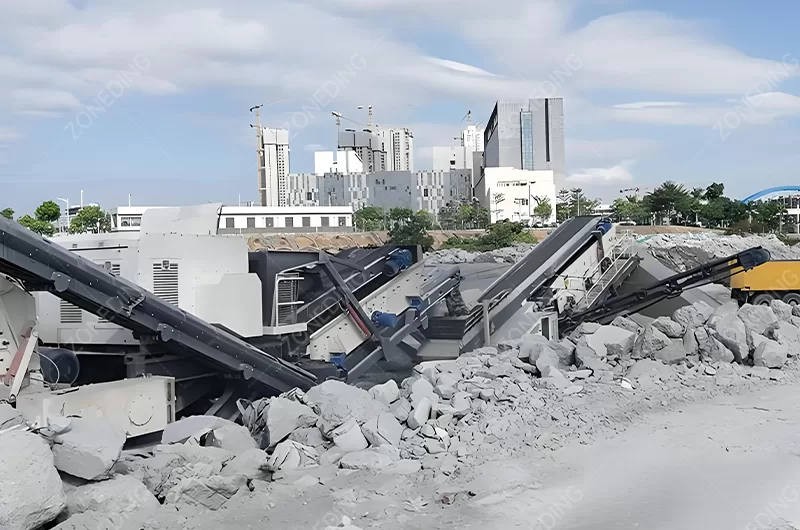
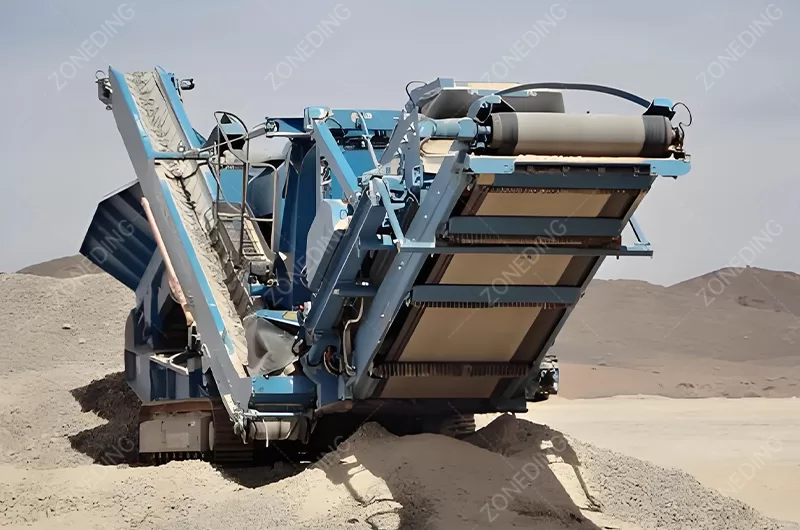
When you pick tracks for your mobile screening plant, you get better movement on bad ground. Wheeled machines need flat, firm ground to move. Tracks can handle soft soil, mud, and uneven surfaces. They spread the machine’s weight over a larger area. This means the machine is less likely to get stuck. Tracks also give better grip. This is important when going up hills or over bumpy ground.
Think about a mine site or a recycling yard. The ground is often rough. There may be a lot of loose rock or debris. Mud can be a problem when it rains. Wheeled machines have a hard time moving in these conditions. A tracked machine can go right through. It is also more stable when working on uneven ground. The tracks provide a solid base. This makes the screening process safer and steadier. If your job site is not flat or has bad ground, tracks are usually better. They give you more freedom where you can work.
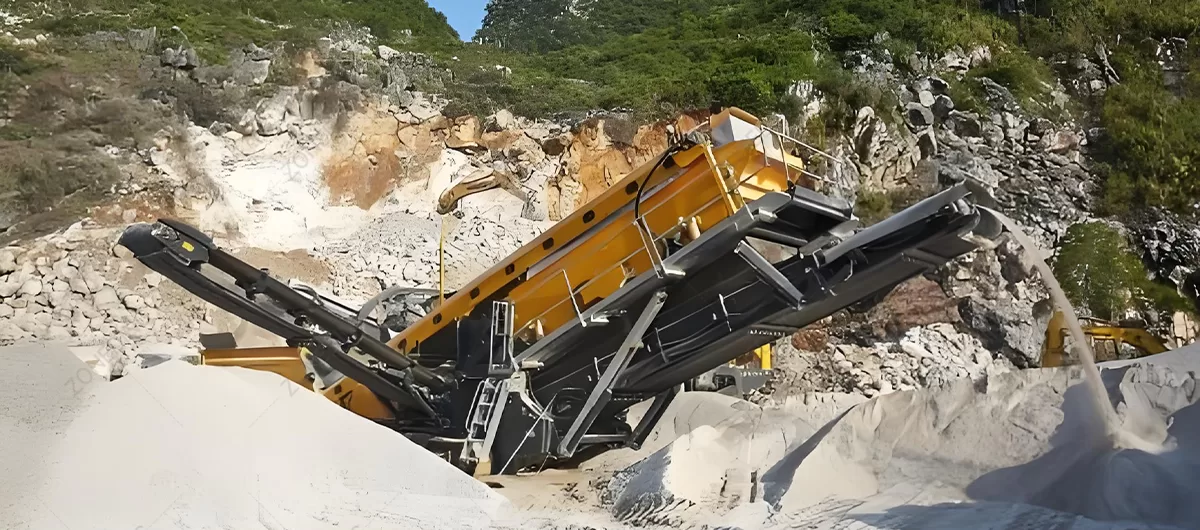
The places that need a tracked mobile screening plant most are where job sites change often or the ground is bad.
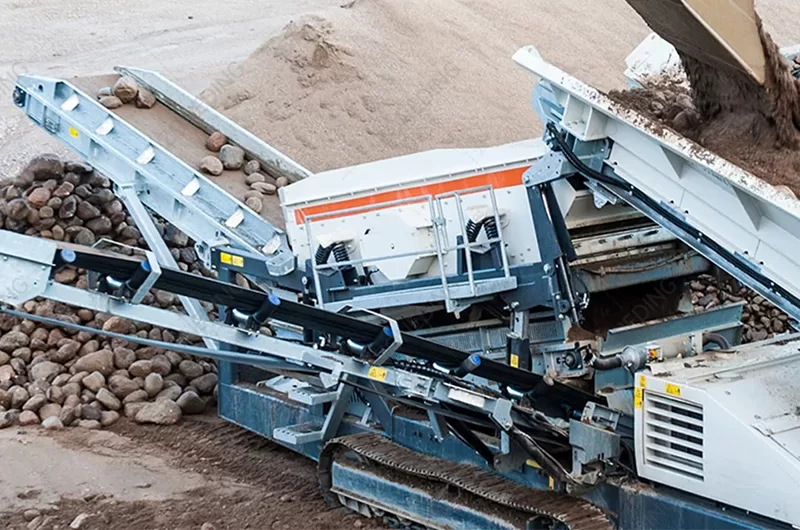
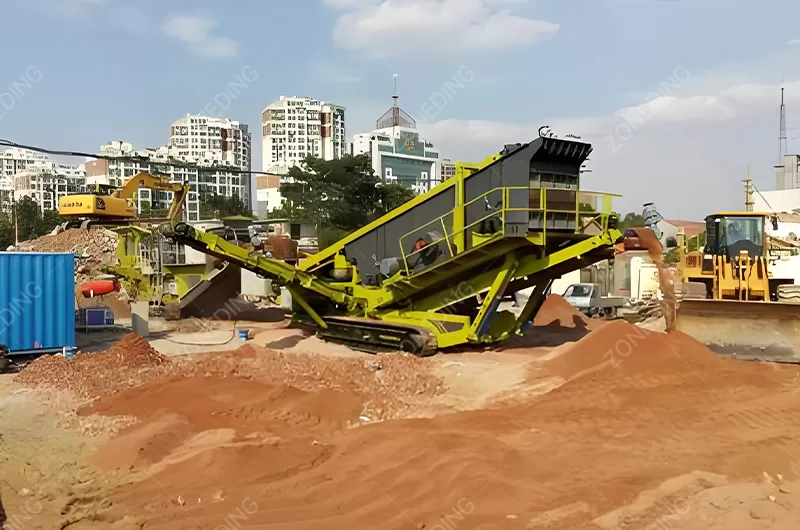
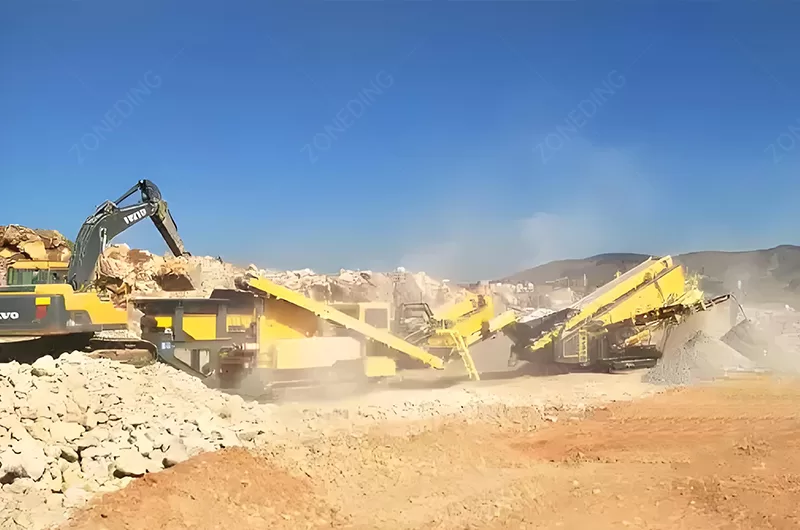
A tracked mobile screening plant can process many different materials. This includes big rocks down to fine sand or soil.
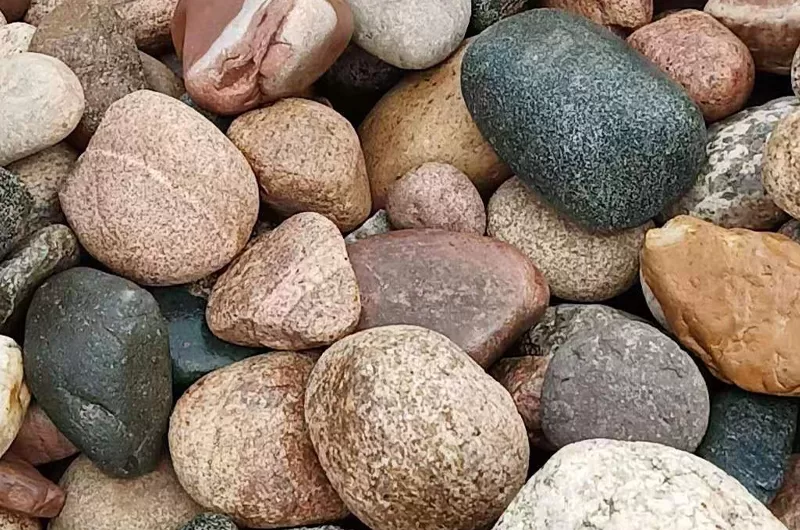
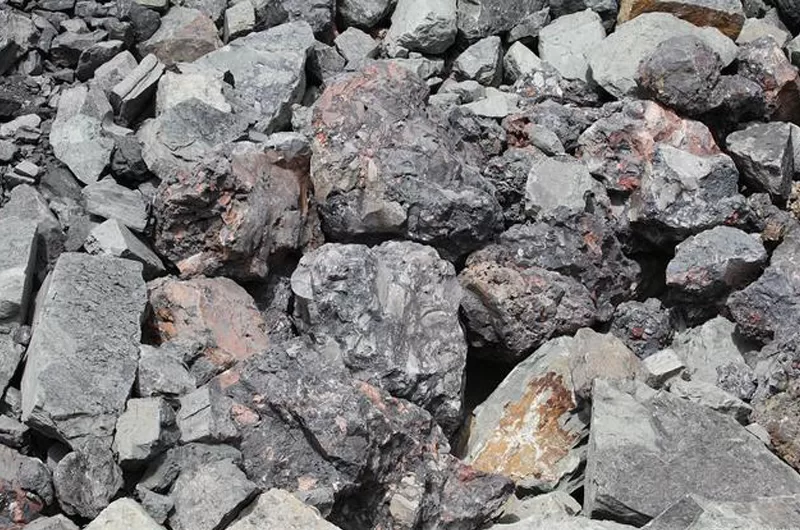
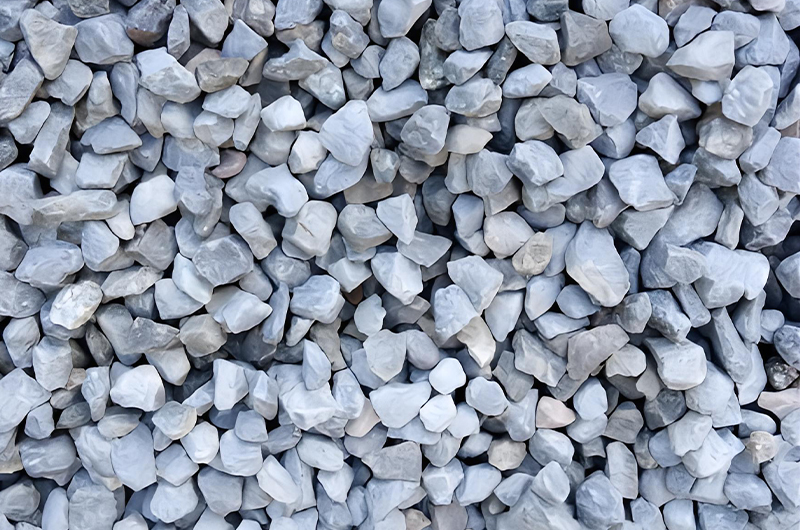
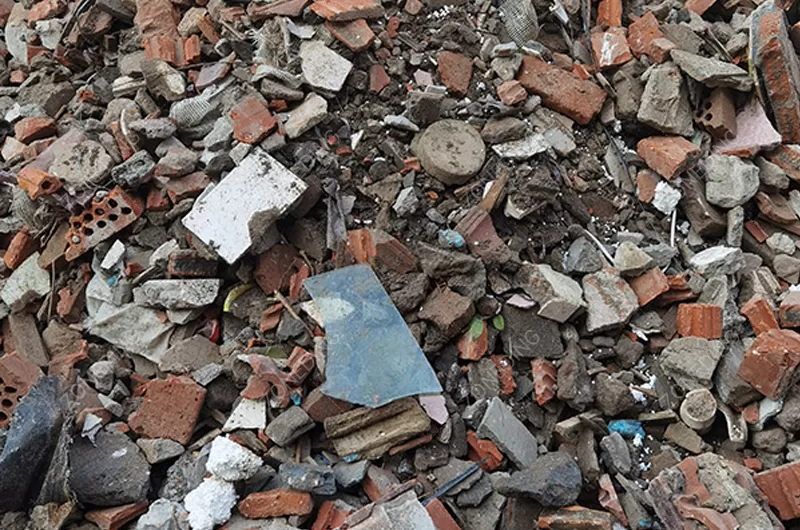
Tracked screening plants can use different types of screen boxes. Each type is good for specific materials and jobs. The screen box vibrates. This vibration separates the material sizes.
Choosing the type depends on your material. Is it sticky? Do you need very exact sizes? How much fine material is there? An inclined screen is a good general choice. A horizontal screen is better for wet or sticky things. It is also better when you need very exact sizes.
The number of screen layers you need depends on how many different final product sizes you want. Each screen layer has holes of a different size.
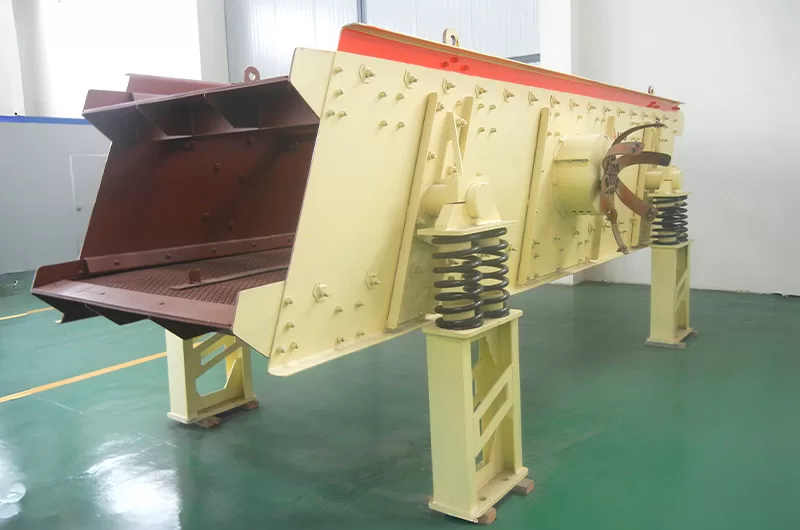
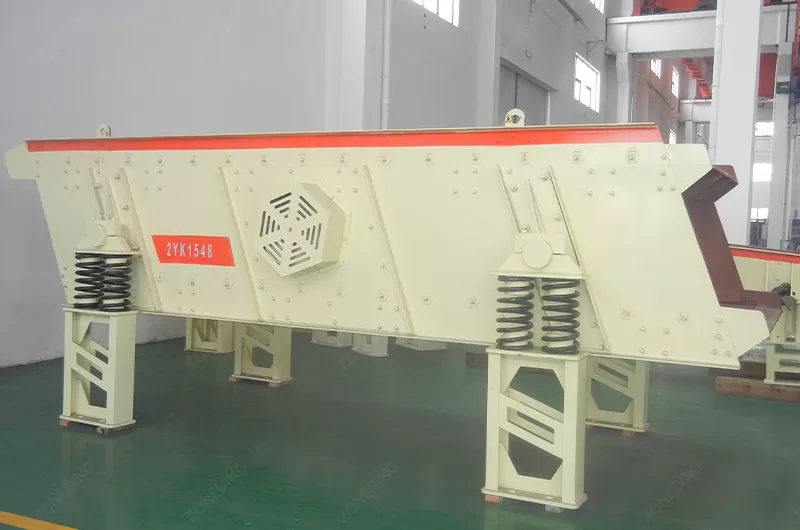
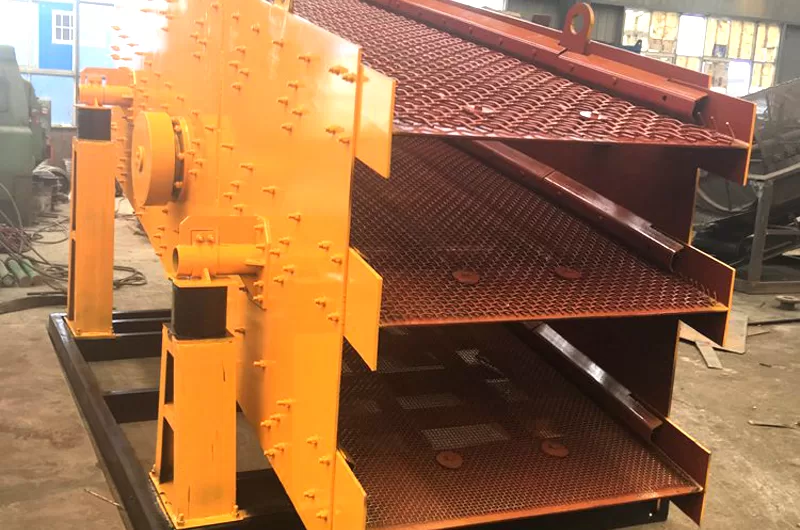
The real amount of material a tracked mobile screening plant can process changes a lot. It depends on several things. The numbers you see in brochures (like “300 tons per hour”) are the maximum possible capacity in perfect conditions.
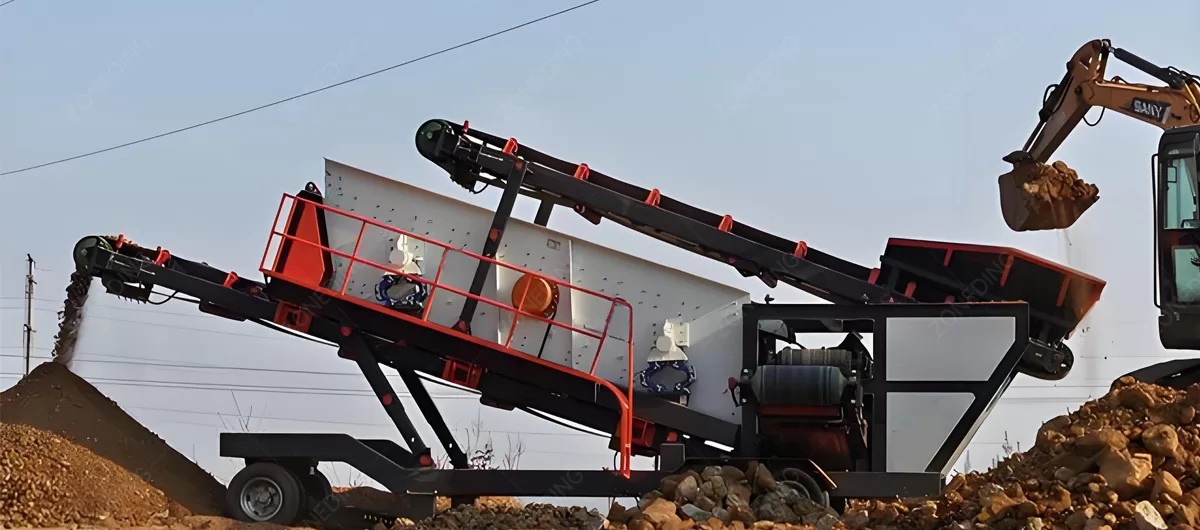
Maintenance for a tracked mobile screening plant is more complex than for fixed equipment. You need to do maintenance often. This is because it works in bad places and it moves.
The hydraulic system and engine need regular service based on working hours. This includes changing fluids and filters. The tracks themselves need special care. They will wear out. How fast they wear depends on the ground. Hard rock wears them faster than soft dirt. Parts for the track system like rollers and chains cost a lot to replace. You need a good plan to grease them and check them regularly. If you take care of it every day, you can avoid big problems later.
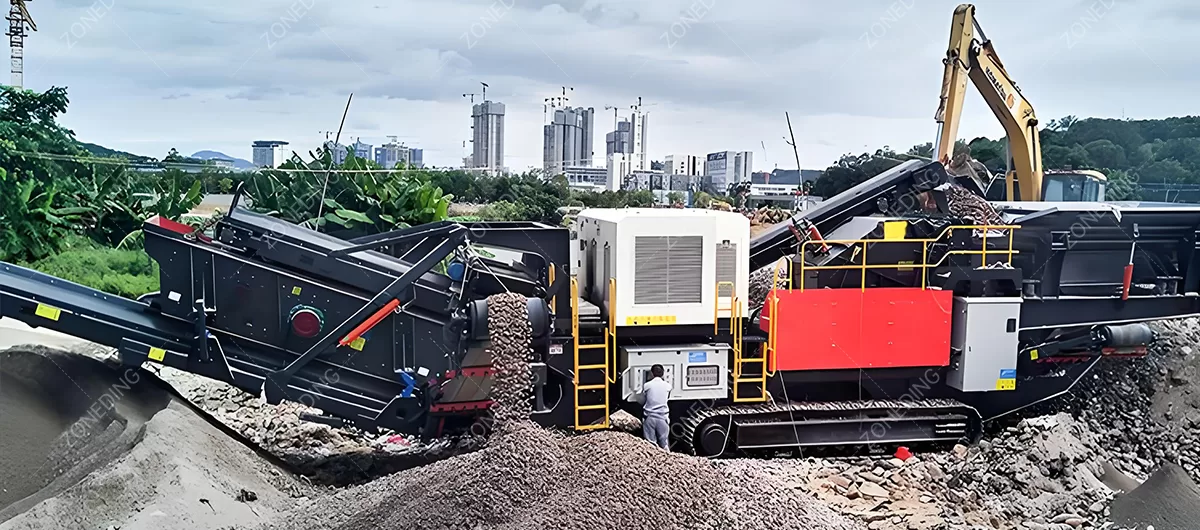
Tracked screeners have a diesel engine. It powers the tracks and the screen. They also have a hydraulic system. This system moves the tracks, supports, and folding belts. A technical point: The temperature of the hydraulic oil is very important for how well the system works and how long it lasts. When working long hours or in hot weather, the hydraulic oil can get too hot. This causes problems. System pressure can be unsteady. Movements can be slow. Seals can break. Make sure the hydraulic oil cooler is clean. Use the correct type of hydraulic oil. Change the filters regularly. This is key to keeping the hydraulic system reliable.
The diesel engine also needs care. It works hard in dust, heat, or cold. In hot places, the cooling system works hard. In high places, the engine makes less power. You need good engine maintenance. Check coolant, oil, and air filters often. Check radiator fins and fan belts. A common problem in outdoor work is the engine getting too hot and stopping.
When you pick a tracked mobile screening plant, you cannot just look at the numbers in the brochure. Technical details are important. But other things are also very important for your success.
Do not just compare price and tons per hour numbers. Think long term. How reliable is the machine? How easy is it to maintain? How good is the support? These softer things can save you a lot of trouble and money later.
| Model | ST673 | ST993 | ST1303 | |
| Dimensions of Transmission Devices | Length | 11000mm | 12500mm | 12500mm |
| Width | 3800mm | 4000mm | 4000mm | |
| Height | 3800mm | 3900mm | 3900mm | |
| Weight | 28t | 33t | 38t | |
| Feeding Belt Conveyor | Dimensions(Width×Length) | 1000×10000mm | 1000×10000mm | 1000×13000mm |
| Loading Height | 2560mm | 2680mm | 2700mm | |
| Vibrating Screen | Model | 3HX1545 | 3HX1855 | 3HX2160 |
| Sieving Layers | 3 | 3 | 3 | |
| Belt Conveyor | Dimensions(Width×Length) | 1000×7400mm | 1000×7500mm | 1000×7500mm |
| Discharging Height | 3380mm | 3460mm | 3460mm | |
| Belt Conveyor for Coarse Material | Dimensions(Width×Length) | 500×5600mm | 650×5800mm | 650×5800mm |
| Discharging Height | 3430mm | 3570mm | 3570mm | |
| Belt Conveyor for Medium-Sized Material | Dimensions(Width×Length) | 500×5300mm | 650×5400mm | 650×5400mm |
| Discharging Height | 3150mm | 3250mm | 3250mm | |
| Belt Conveyor for Fine Material | Dimensions(Width×Length) | 500×5600mm | 650×5800mm | 650×5800mm |
| Discharging Height | 3030mm | 3080mm | 3080mm | |
| Transferring Belt Conveyors | Dimensions(Width×Length) | 500×2000mm | 650×2000mm | 650×2000mm |
| Discharging Height | 2130mm | 2130mm | 2130mm | |
| Diesel Engine | Power | 75kw | 75kw | 96kw |
| Manufacturer | Carter Perkins | Carter Perkins | Carter Perkins | |
| The Main Machine | Power | 54kw | 57.5kw | 65.5kw |
| Ways of Controlling | Wired/Wireless (optional) | Wired/Wireless (optional) | Wired/Wireless (optional) | |
Q1. How often should I check the screen mesh on my mobile screener?
A1: You should check the screen mesh every day. Look for wear, holes, or blinding (material stuck in the holes). Changing broken screens fast stops the wrong size material getting through. It keeps the machine working well.
Q2. Can a tracked mobile screening plant process wet or sticky materials?
A2: Yes, it can. But it is harder. You might need special screen types. Examples are polyurethane panels or piano wire screens. You may need a horizontal screen box. The machine must be designed to handle sticky material well.
Q3. How do I know if my screen mesh is worn out?
A3: Check the wires or bars. See if they are getting thin or broken. Also, look at your final product size. If the product size is wrong, the mesh might be worn or blocked. You can use a tool to measure how much it has worn down.
Q4. Is fuel quality important for the engine?
A4: Yes, fuel quality is very important. Bad fuel can damage the engine’s fuel system. Use clean, good quality diesel fuel. Change the fuel filters regularly as the manual says.
Q5: Can I connect a mobile crusher directly to a mobile screening plant?
A5: Yes, this is a common setup. A mobile crusher breaks the material first. Then a conveyor sends it straight to the mobile screening plant. This makes a full mobile crushing and screening plant system. This is very efficient for processing rock or recycling concrete right on site.
Tracked cone crusher for sale. Manufacturer of mobile hard rock units for demanding quarry & mine sites. Excellent mobility. Get quote!”
Tracked impact crushers for sale. Unmatched on-site mobility for recycling, quarrying, and demolition. Heavy-duty & reliable. Contact us!”
Looking for a crawler jaw crusher? We offer robust mobile rock crushers for sale, ideal for primary crushing in quarries, mining, & demolition. Get your quote!
Buy mobile cone crusher, manufacturer direct. Ideal for hard rock, aggregates, & recycling. Durable & efficient. Get your quote!”
Find mobile impact crusher for sale. Supplier of portable plants for C&D waste, asphalt, & aggregate crushing. Request a quote today!
Find efficient Mobile Crushing & Screening Plants for mining, aggregates, & C&D waste. Durable, high-output equipment. Get a quote today!
Manufacturer direct sale: Heavy-duty tracked & wheeled mobile jaw crusher. Reliable primary crushing solutions for rock & concrete. Get your factory quote!
loading…
已经是到最后一篇内容了!
We use cookies to ensure that we give you the best experience on our website. If you continue to use this site we will assume that you are happy with it.
Privacy Policy